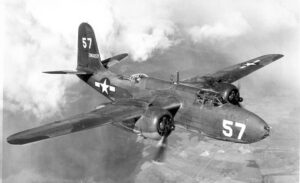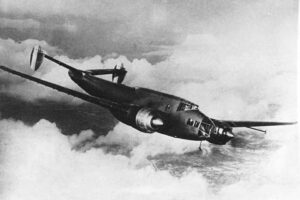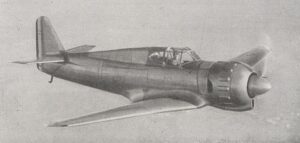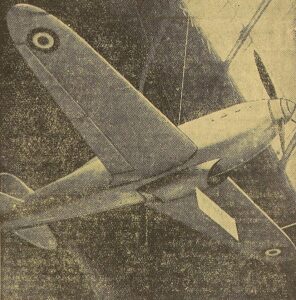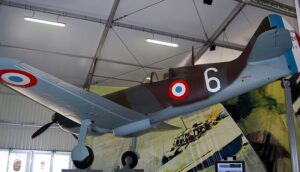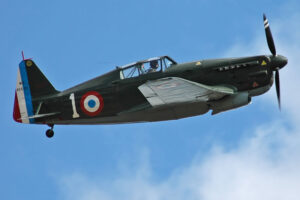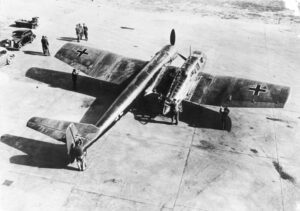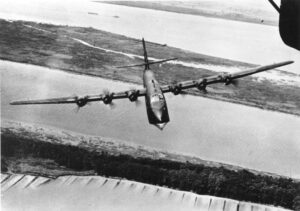Time Period: World War II
Country of Origin: Germany
Type: Bomber Aircraft (Dive)
Manufacturer: Henschel & Son
Henschel Hs 123 Aircraft Overview
The Henschel Hs 123 was a single-seat biplane dive bomber and ground-attack aircraft used by the Luftwaffe during the interwar period and early stages of World War II. Designed by Friedrich Nicolaus of Henschel & Son, the Hs 123 was developed in response to a German Air Ministry requirement for a new dive bomber capable of close air support and reconnaissance duties.
The Hs 123 was a robust and rugged aircraft, characterized by its open cockpit, fixed landing gear, and biplane configuration. Its design harkened back to the earlier days of aviation, featuring fabric-covered wings and a steel-tube fuselage. Despite its outdated appearance, the Hs 123 was highly maneuverable and well-suited for low-altitude attack missions.
Powered by a single BMW radial engine, the Hs 123 had a top speed of around 320 km/h (200 mph) and a range of approximately 700 km (435 miles). It was armed with two synchronized 7.92mm machine guns mounted above the engine cowling, as well as underwing racks for bombs or additional armament.
The Hs 123 entered service with the Luftwaffe in 1935 and quickly gained a reputation for its effectiveness in close air support roles. It saw action during the Spanish Civil War, where it proved to be highly successful in providing aerial support to ground forces. Its agility, durability, and ability to operate from unprepared airstrips made it well-suited for the rugged terrain of Spain.
During the early stages of World War II, the Hs 123 continued to serve with distinction on the Eastern Front and in North Africa, where it conducted ground-attack missions against enemy troops, armor, and fortified positions. Despite its limited speed and armament compared to contemporary monoplane designs, the Hs 123’s effectiveness in close air support earned it the respect of both pilots and ground forces.
However, by the onset of World War II, the Hs 123 was already becoming obsolete in the face of more modern and advanced aircraft designs. Production ceased in 1938, with the Hs 123 gradually being replaced by newer aircraft such as the Junkers Ju 87 Stuka.
Henschel Hs 123A-1 Specifications
- Crew: 1
- Length: 8.33 m (27 ft 4 in)
- Wingspan: 10.5 m (34 ft 5 in)
- Height: 3.2 m (10 ft 6 in)
- Wing area: 24.85 m2 (267.5 sq ft)
- Empty weight: 1,500 kg (3,307 lb)
- Gross weight: 2,215 kg (4,883 lb)
- Powerplant: 1 × BMW 132Dc 9-cylinder air-cooled radial piston engine, 660 kW (880 hp)
- Propellers: 2-bladed metal variable-pitch propeller
Henschel Hs 123A-1 Performance
- Maximum speed: 341 km/h (212 mph, 184 kn) at 1,200 m (3,900 ft)
- Range: 860 km (530 mi, 460 nmi) with drop tank
- Combat range: 480 km (300 mi, 260 nmi) with 200 kg (440 lb) of bombs
- Service ceiling: 9,000 m (30,000 ft)
- Rate of climb: 15 m/s (3,000 ft/min)
Henschel Hs 123A-1 Armament
- 2× 7.92 mm MG 17 machine guns, 400 rpg (field modification of 2× 20 mm (0.79 in) MG FF cannon)
- Up to 450 kg (992.1 lb) of bombs (1 x SC250 bomb under fuselage and 4 x SC50 bombs under wings)



